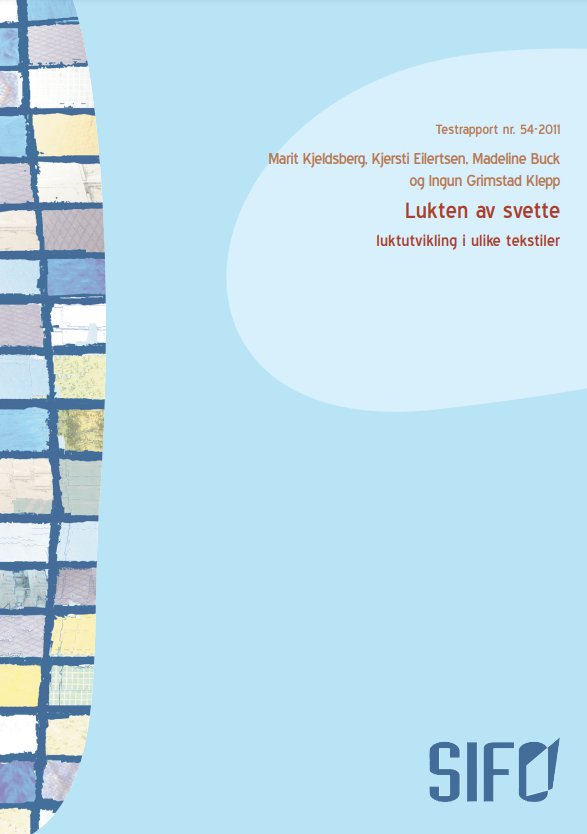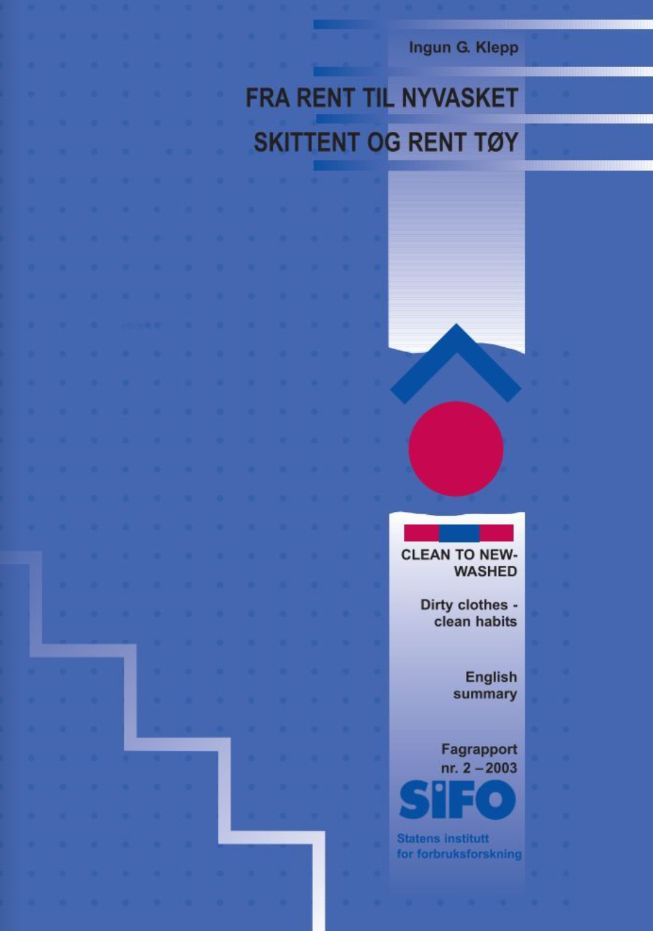Patched, Louse-ridden, Tattered: Clean and Dirty Clothes
Ingun Grimstad Klepp
Abstract
“Patched, louse-ridden, tattered—clean, beautiful, gem.” As children we recited this rhyme in Norwegian: “Lappete, lusete, fillete—ren, pen, edelsten,” as we picked petal after petal from a daisy. All the words can be understood as descriptions of the child’s future clothes. Clean is the turning point in the rhyme. Clean is thus seen as the first step on the way towards the gem, and it conveys here the same meaning as in the saying “whole and clean is the greatest finery.” Both emphasize clean clothes as crucial to the judgment of a person’s appearance. In the world of fashion it has been alleged that “anything goes.” This is probably true if we restrict “anything” to small variations in the look, decor, color, and style of clothes. However, our way of dressing also depends on more absolute norms.
This article explores the norms that deal with the relationship between clean and dirty clothes. Despite the fact that there is abundant research on cleanliness and laundering on the one hand, and clothes and clothes habits on the other, there are few points of intersection between the two fields. The article is an attempt at seeing these two themes in conjunction. It investigates how clothes, by being kept clean, make bodies socially acceptable. The article looks at how the demand for cleanliness varies in relation to age, gender, and class, and compares these demands to what we know about decency.

